| Solving green technology problems for the textile industry Textile and garment enterprises "encroach" on the domestic fashion market |
Pressure on pressure
From July 1, the regional minimum wage increased from 1.8 million VND/month to 2.34 million VND/month, continuing to put pressure on the textile and garment business community.
According to Mr. Nguyen Xuan Duong - Chairman of the Board of Directors of Hung Yen Garment Corporation - JSC, increasing the minimum wage increases the cost of insurance, union fees, etc. With about 2,000 employees working at the parent company (Hung Yen Garment Company), Mr. Duong estimated that this cost will increase by about 4 billion VND per year, or about 2 million VND/employee/year. In the first 6 months of 2024, Hung Yen Garment had to increase the average salary to 10 million VND/person/month compared to the average of 9.5 million VND/person/month in 2023.
Mr. Cao Huu Hieu - General Director of Vietnam Textile and Garment Group also said that in the first 6 months of 2024, the group has stabilized the workforce with more than 63,000 level 1 workers, if considering level 2 workers, it is more than 155,000 workers. The average income of workers in the first half of the year is estimated at 9.74 million VND/person/month (an increase of 4.7% compared to 2023).
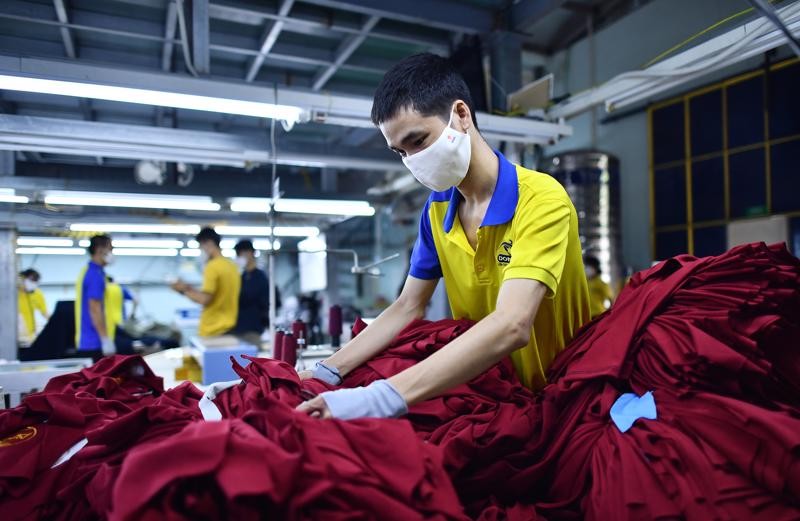 |
| Input costs continue to increase, how do textile and garment businesses cope? |
In labor-intensive industries such as textiles and garments, increased costs related to wages and insurance, while orders and unit prices decreased, have caused many difficulties for businesses because they cannot increase profits when the market is constantly fluctuating. Moreover, increasing the regional minimum wage causes businesses to "bear" another expense, creating new pressure for businesses.
In addition to the increase in minimum wages, domestic textile and garment enterprises are facing many challenges. In particular, freight rates have continued to escalate recently. The latest composite index of Drewry WCI on July 4 was at 5,868 USD/40ft container, a new peak in 2024 (the previous peak on January 25, 2024 was 3,964 USD/40ft container).
Major shipping routes from Shanghai to other countries have seen increases of 10-30% recently. Congestion in Asia is expected to continue to push up freight rates further.
At the same time, business orders have improved but the quantity is still small, the unit price is still 20% lower, even 50% lower than in June 2019.
Find ways to reduce production costs
Faced with the current situation of production costs continuing to rise, putting great pressure on business revenue and profits. The domestic textile and garment business community has made great efforts to both comply with regulations on income and wages for workers and have a source of revenue for risk reserves.
For Dap Cau Garment Corporation - JSC, to offset costs arising from salary increases while processing unit prices have not improved much, the company has implemented many synchronous measures, focusing on finding solutions to increase labor productivity and improve efficiency.
Currently, the enterprise is implementing technology applications, innovating automatic and semi-automatic equipment, searching for products that match its strengths to create productivity and cut unnecessary costs. Along with that, departments, offices, enterprises and trade unions also promote and encourage workers to overcome difficulties with the enterprise, launch emulation movements to increase productivity, and reward initiatives and creativity, thereby bringing efficiency to the workers themselves and the enterprise.
Hung Yen Garment also chose the path of increasing productivity to optimize profits, reduce intermediaries and sign contracts directly with brands. According to Mr. Duong, for businesses with sufficient financial and human resources, it is possible to increase labor productivity through technology, if implemented well, it can increase productivity by 5-7%.
In addition, productivity can be increased through technology such as investing in more automatic machines. Innovation in management applying digital technology can also reduce indirect labor, warehouse labor, and reduce end-to-end distribution time. Accordingly, when having enough technological potential and good management software, garment enterprises can sign orders directly with partners in the US, Europe, etc. instead of going through intermediaries in Hong Kong (China), Korea, Taiwan (China) as before.
But for small and medium enterprises that do not have enough financial resources, according to experts, in addition to improving management and rationalizing production organization to increase productivity and reduce costs, businesses can focus on encouraging and motivating employees to develop ideas and concepts to improve productivity and improve processes. Along with that, building links between businesses, sharing orders, and building satellite factories to exchange timely information about the market when the situation is constantly changing.
In addition, textile and garment enterprises are also advised to continue to be flexible in operations, make the most of market opportunities, identify technically difficult products, small orders... but with high added value to produce instead of cheap, popular products that are difficult to compete with.
Regularly monitor and update, forecast market information, develop possible scenarios and have appropriate plans for production and business activities.
Source: https://congthuong.vn/chi-phi-dau-vao-lien-tuc-tang-doanh-nghiep-det-may-xoa-so-ra-sao-332880.html




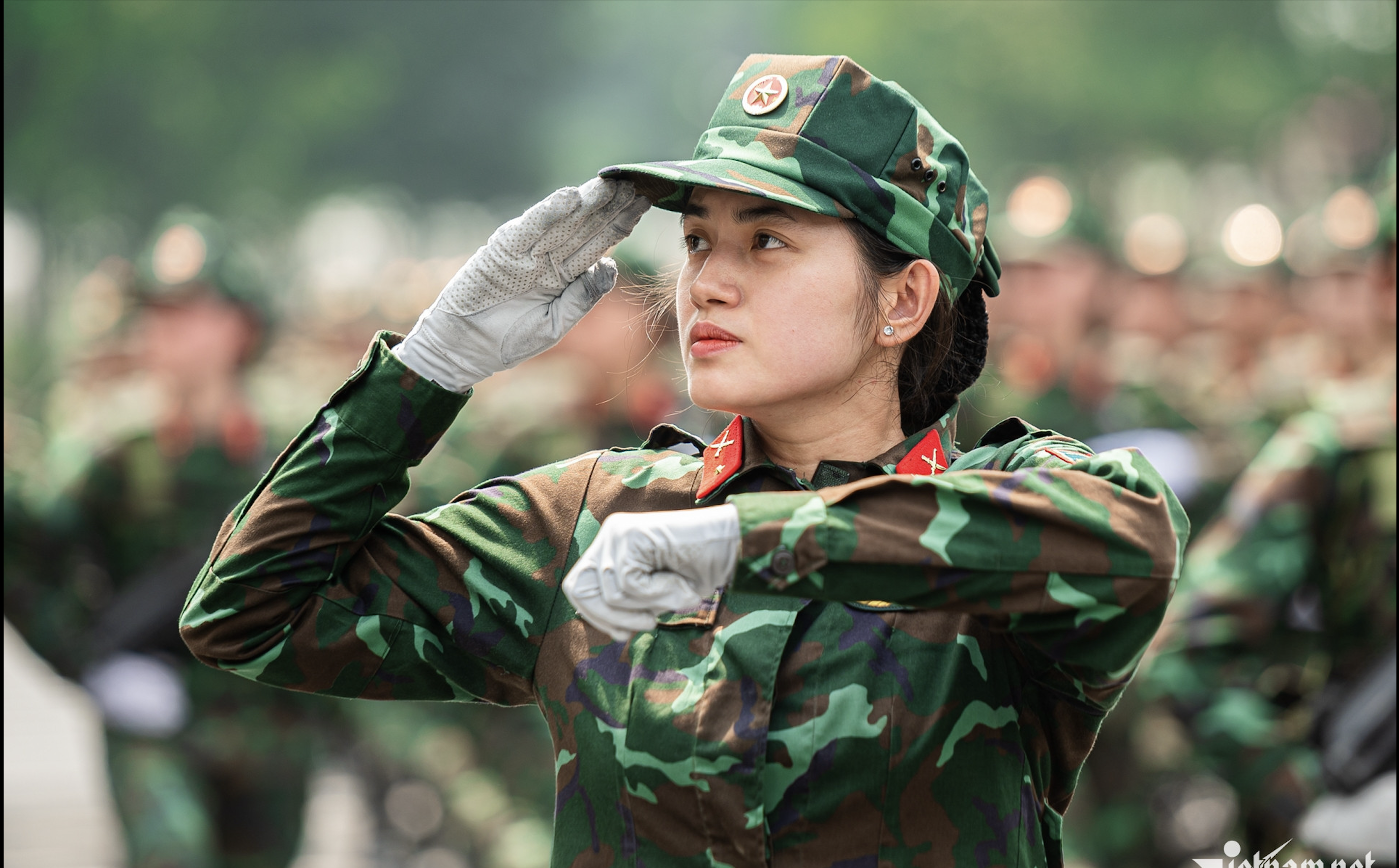



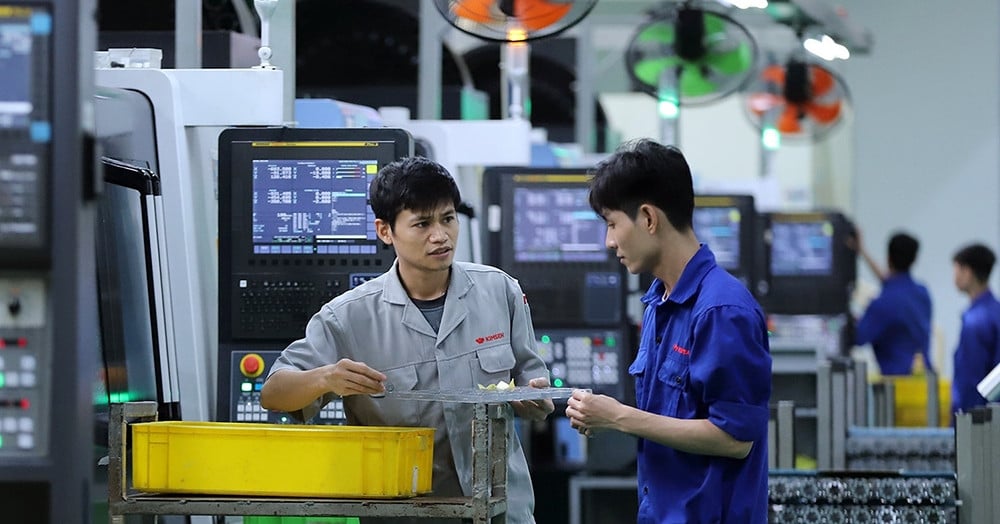

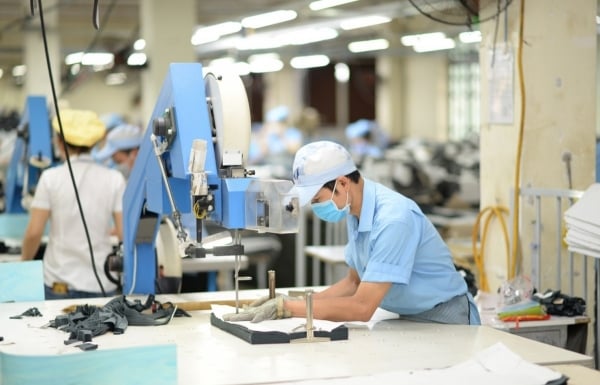


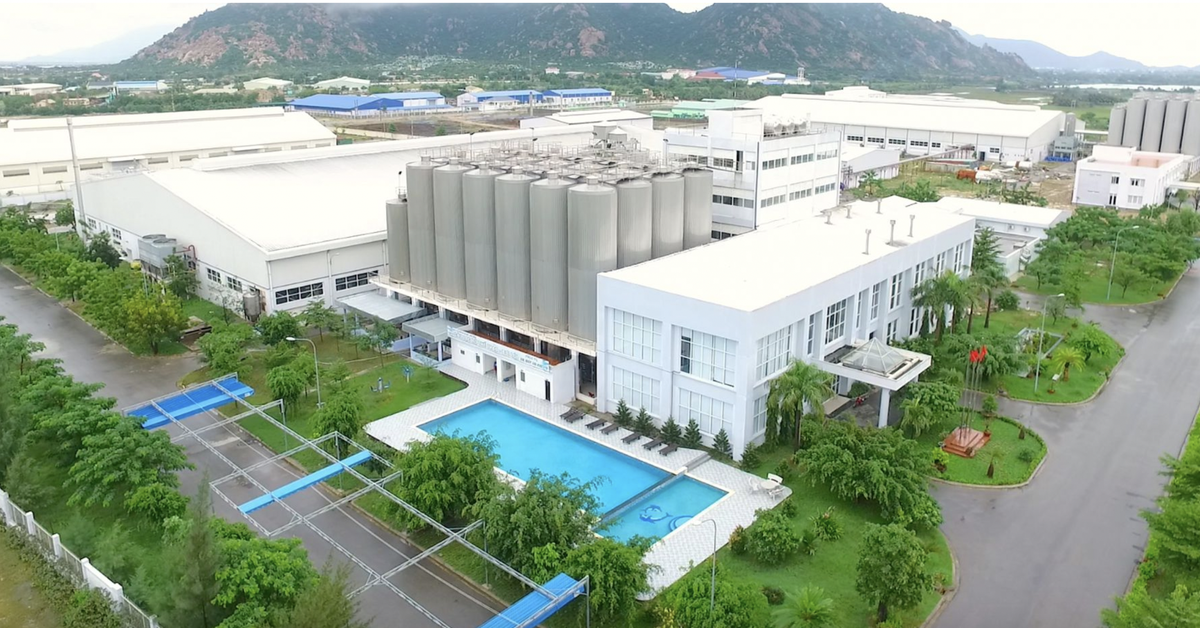


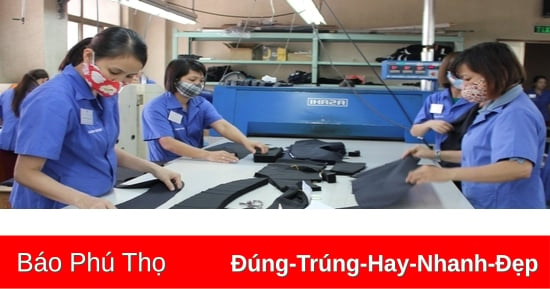

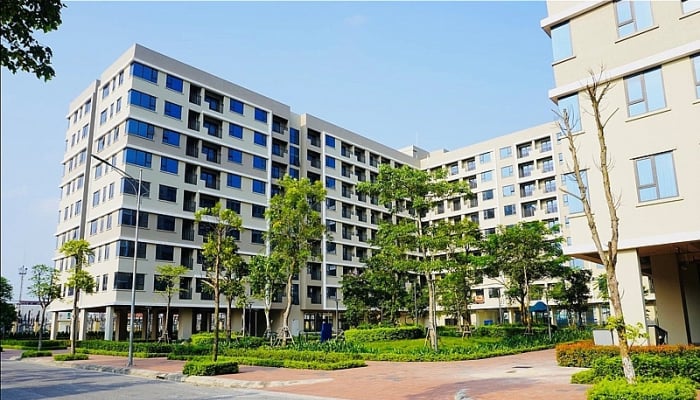

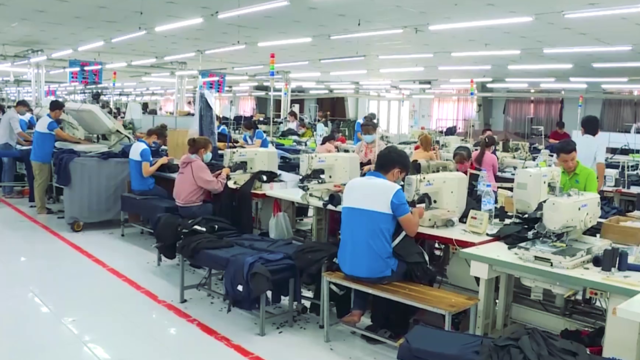




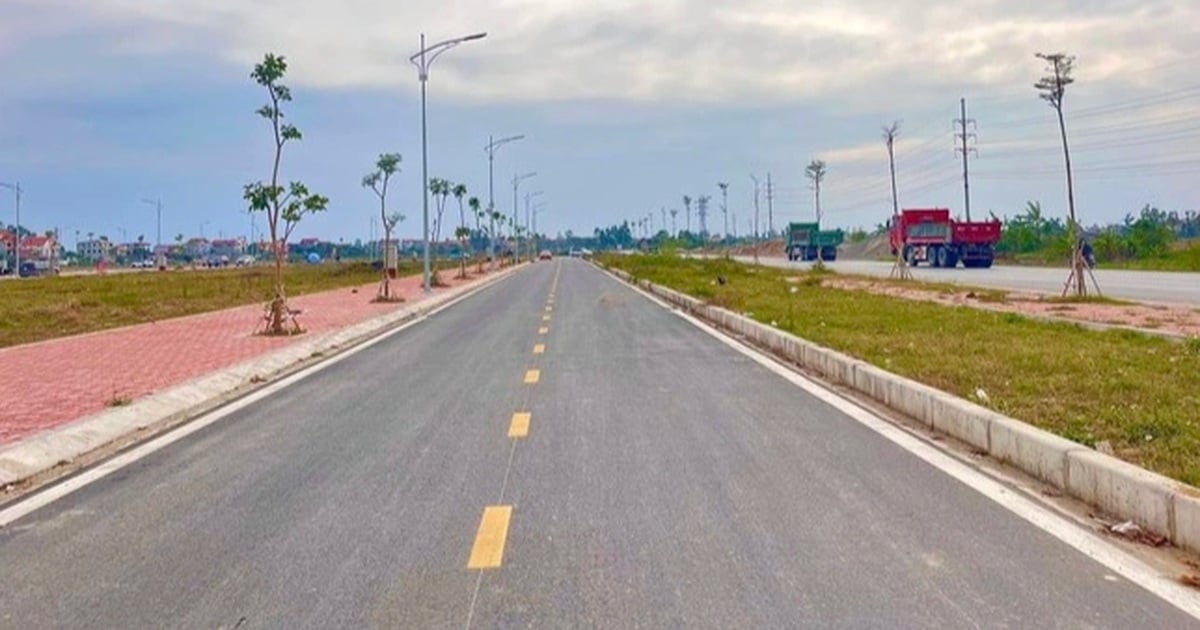



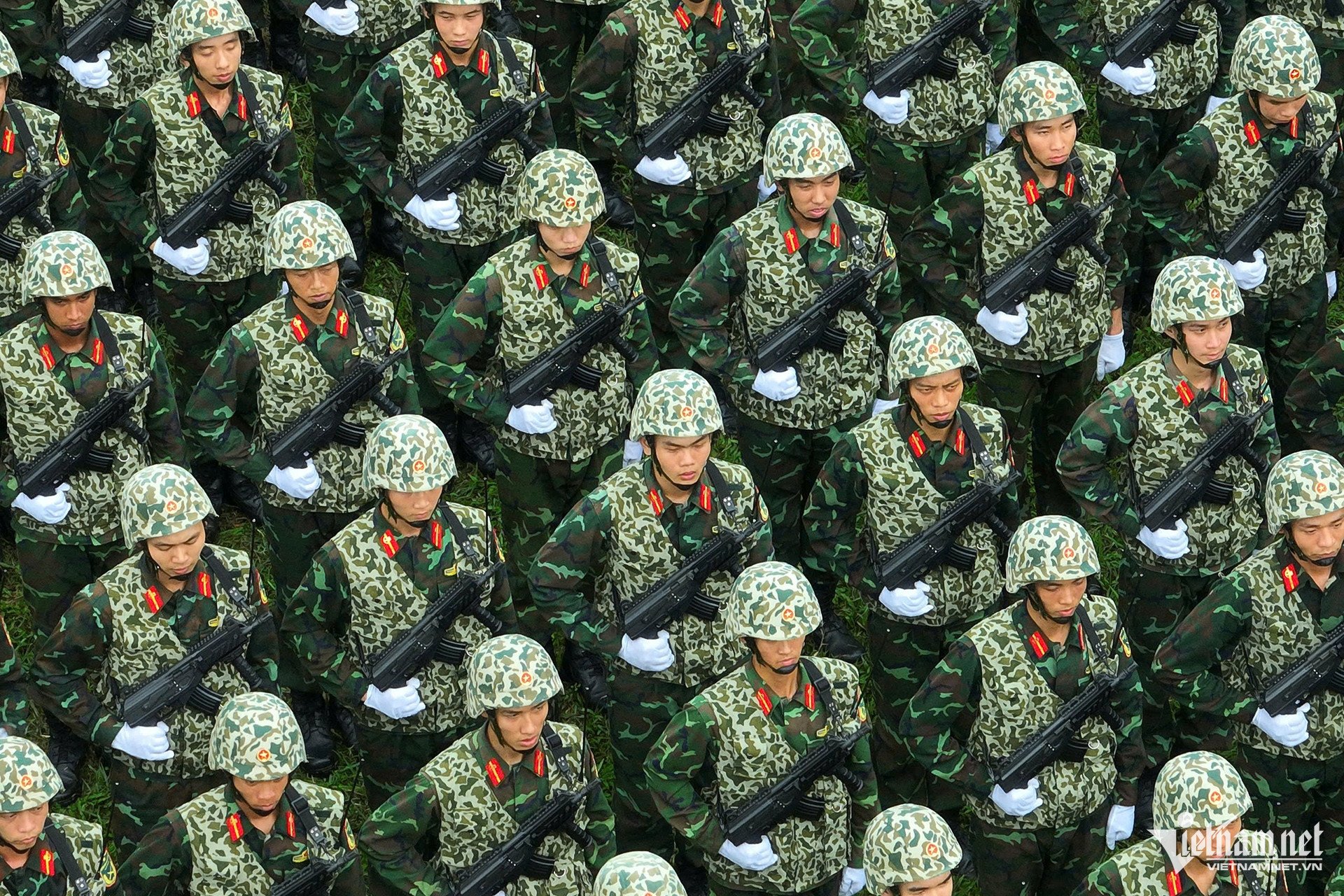


















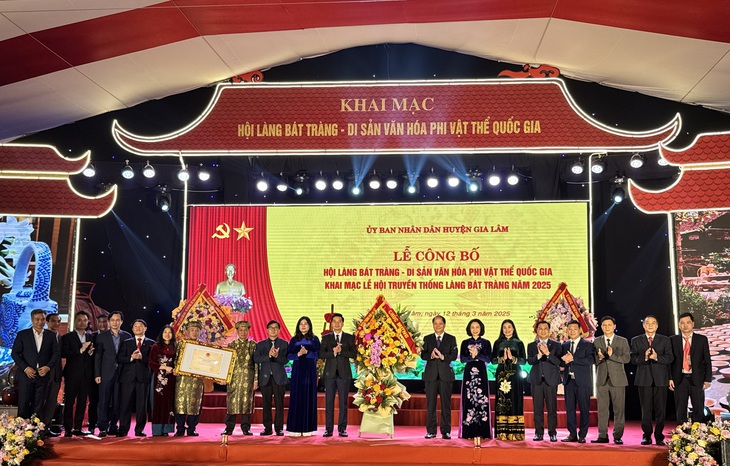
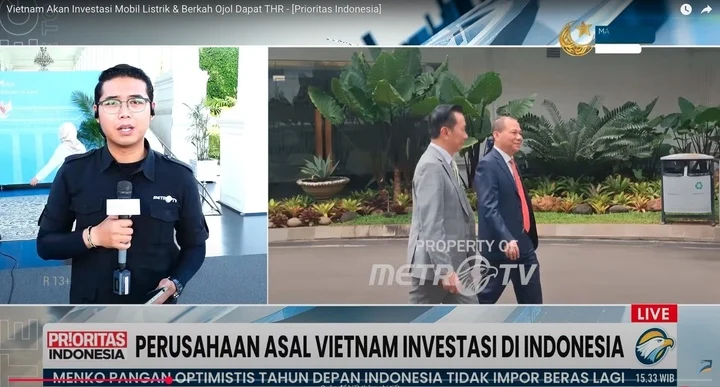

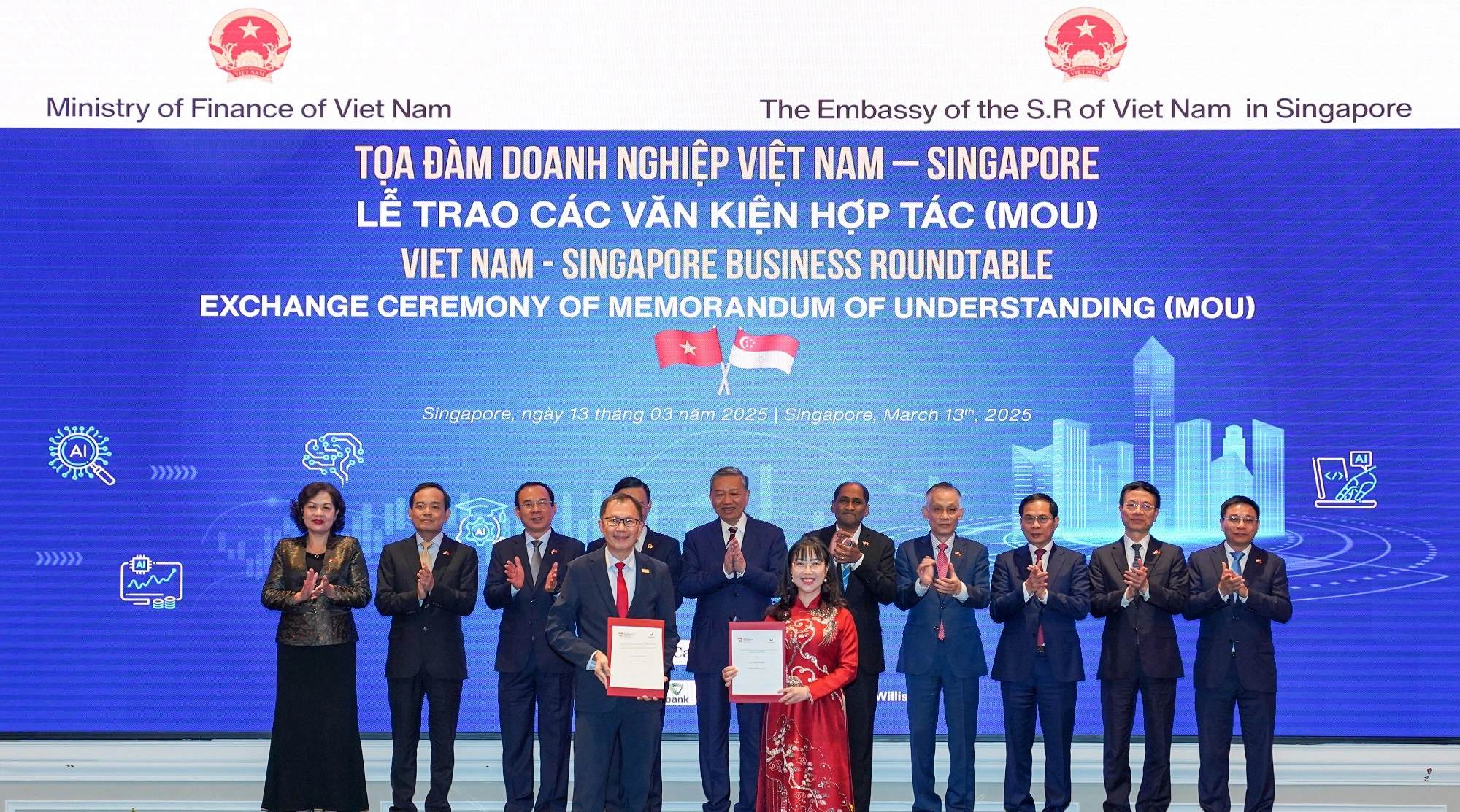



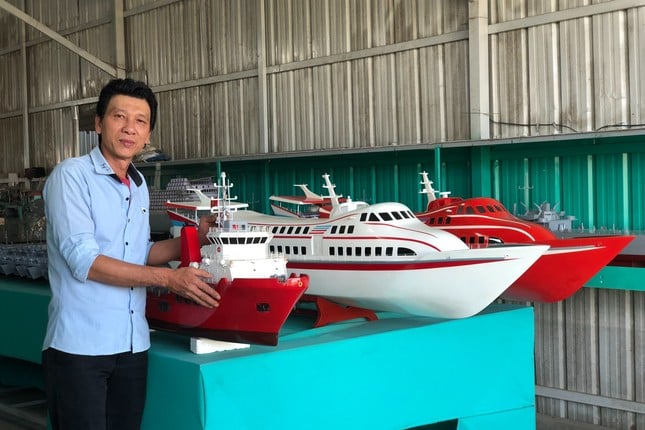


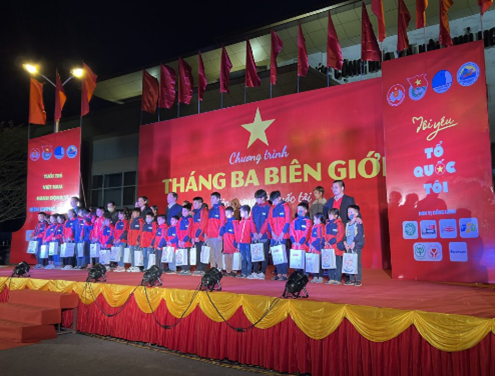




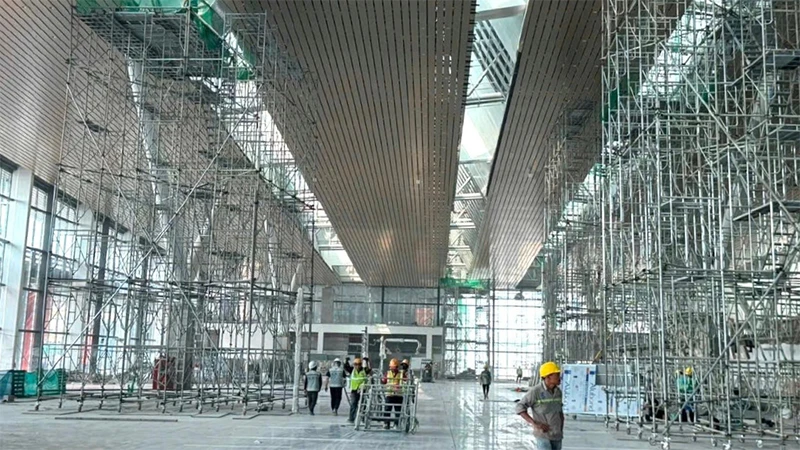




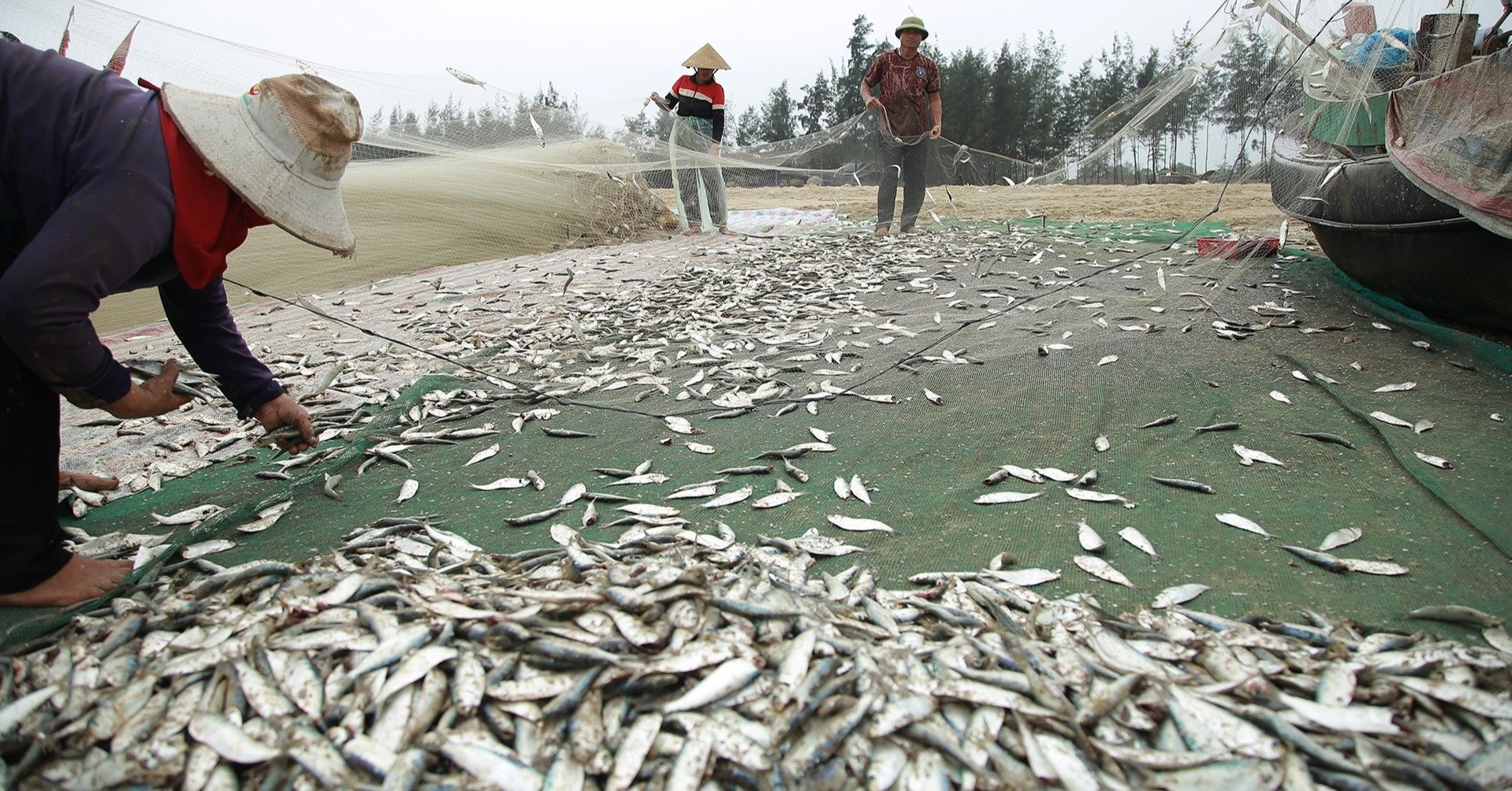




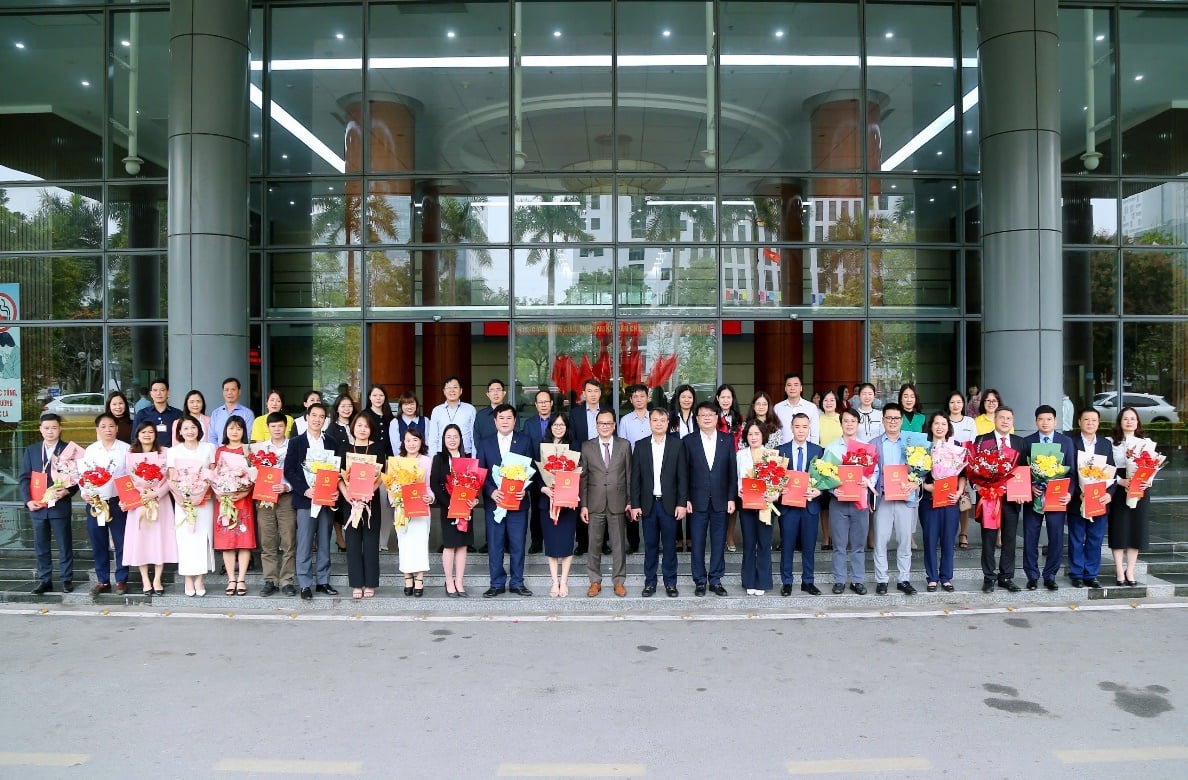


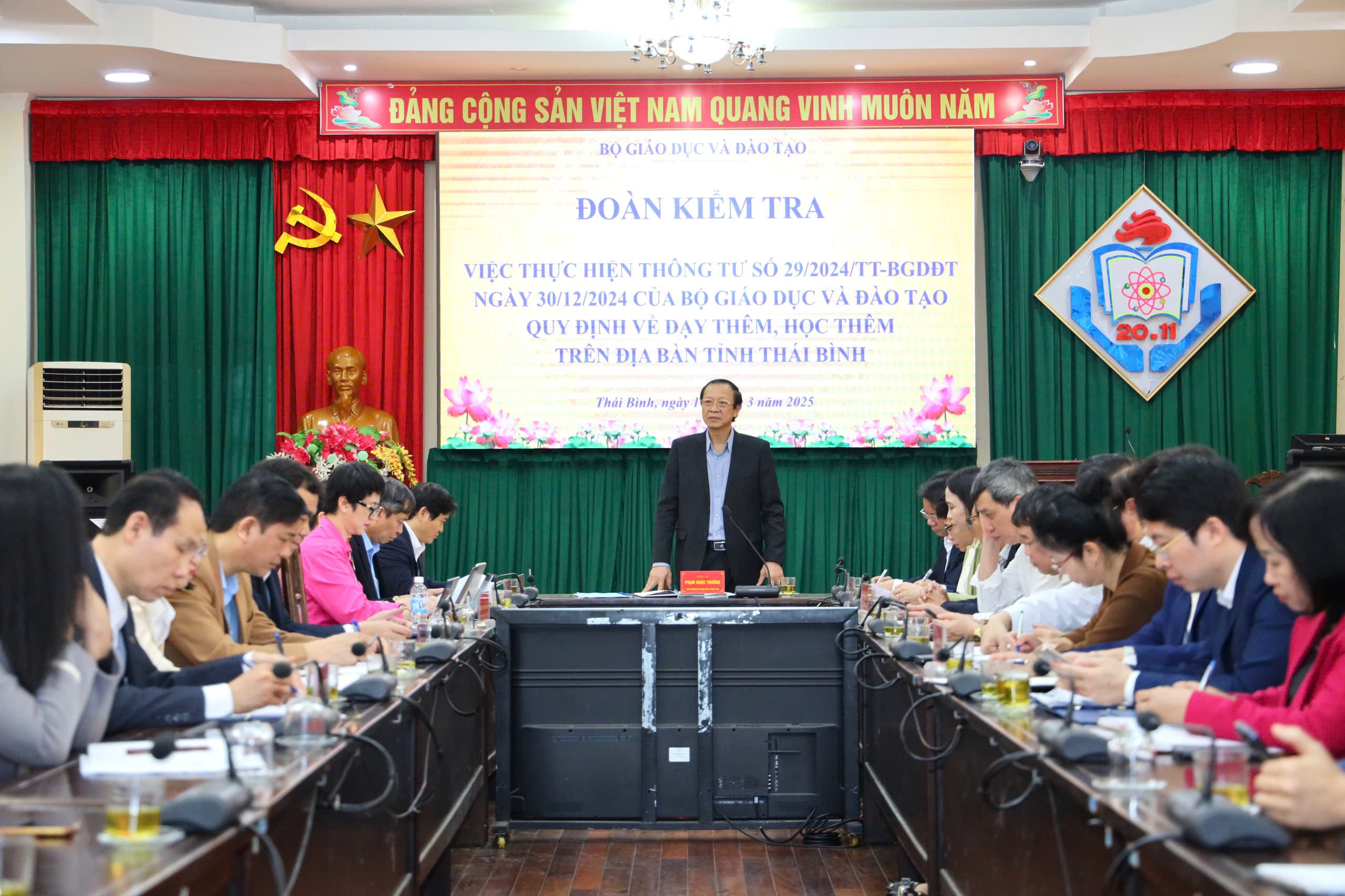




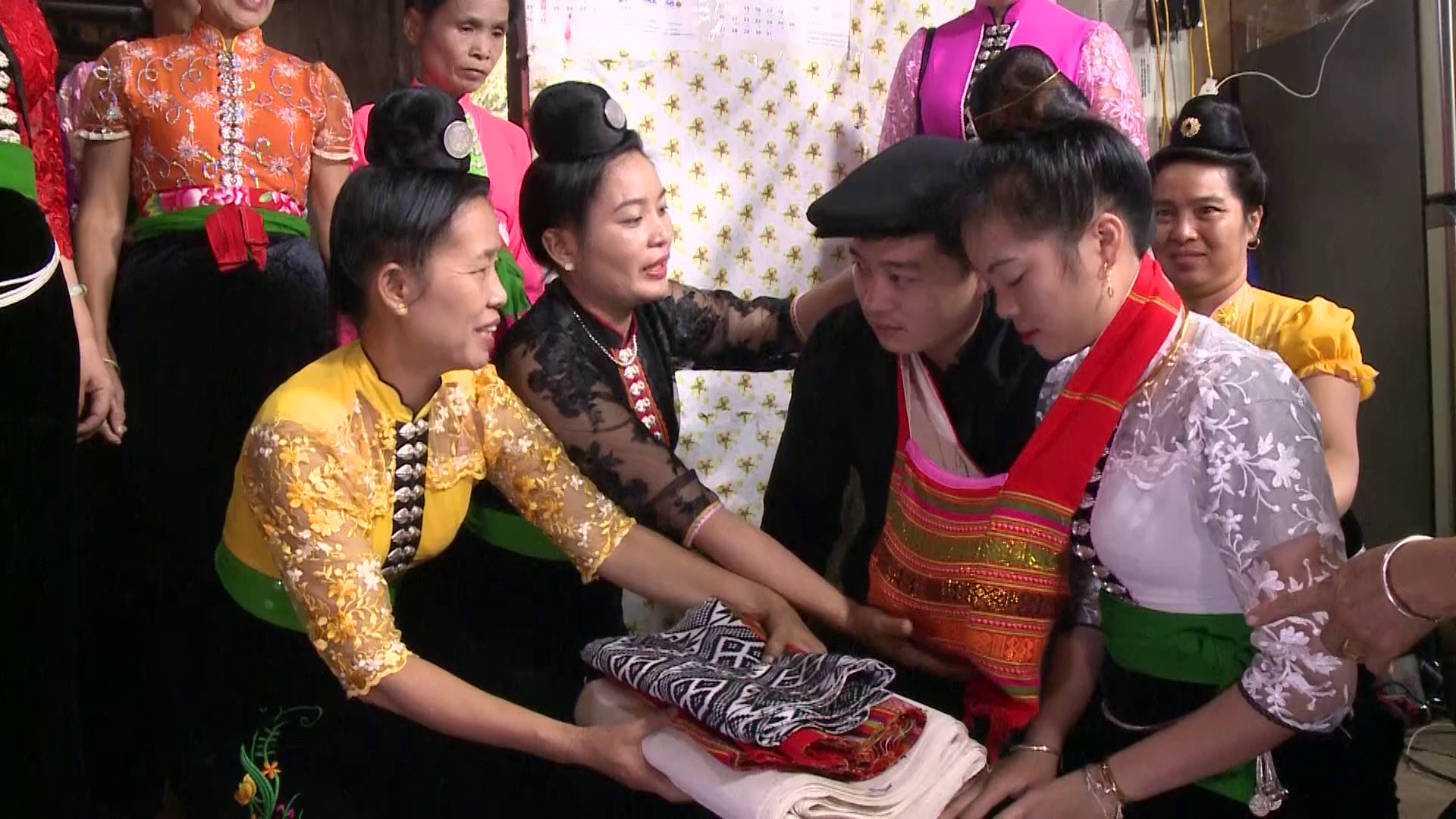






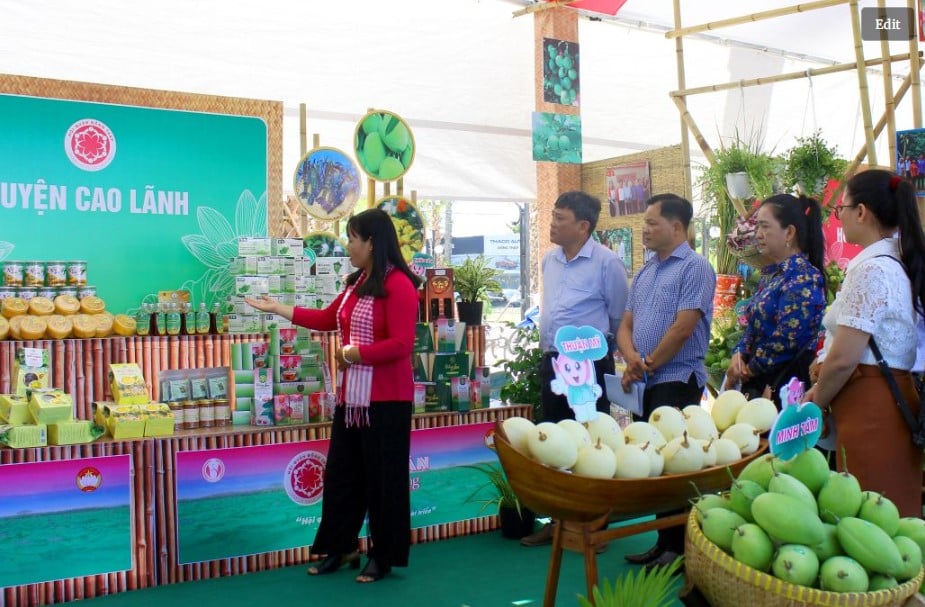

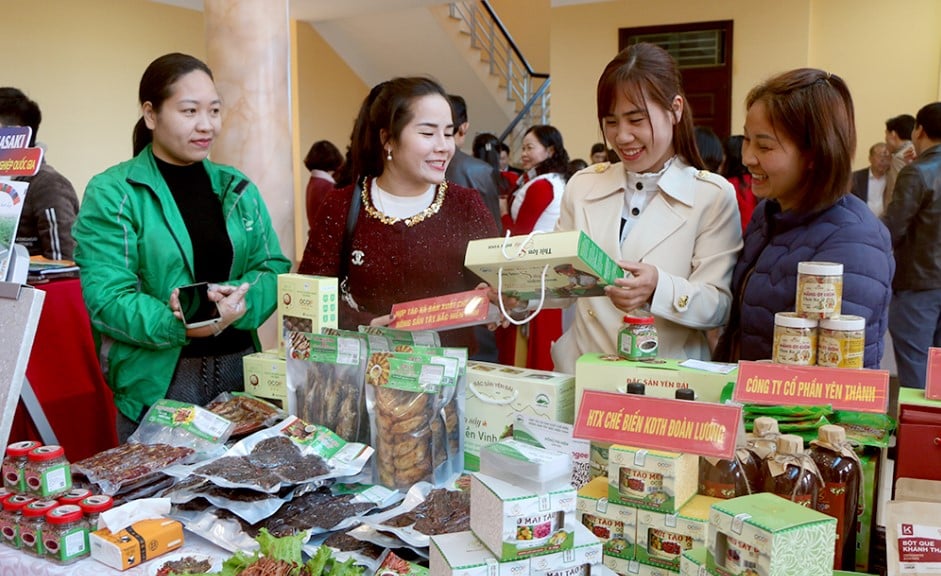



Comment (0)